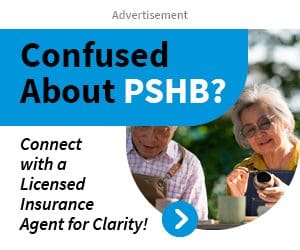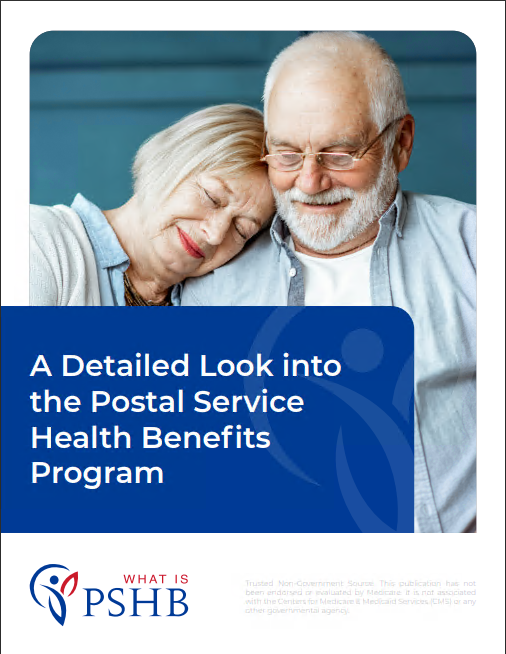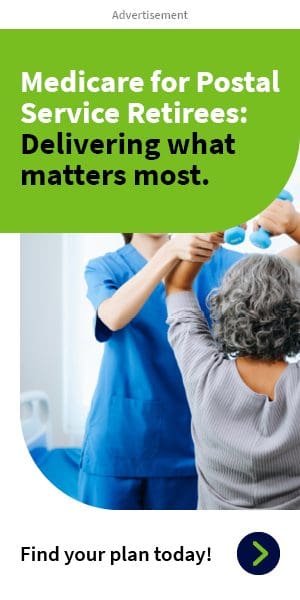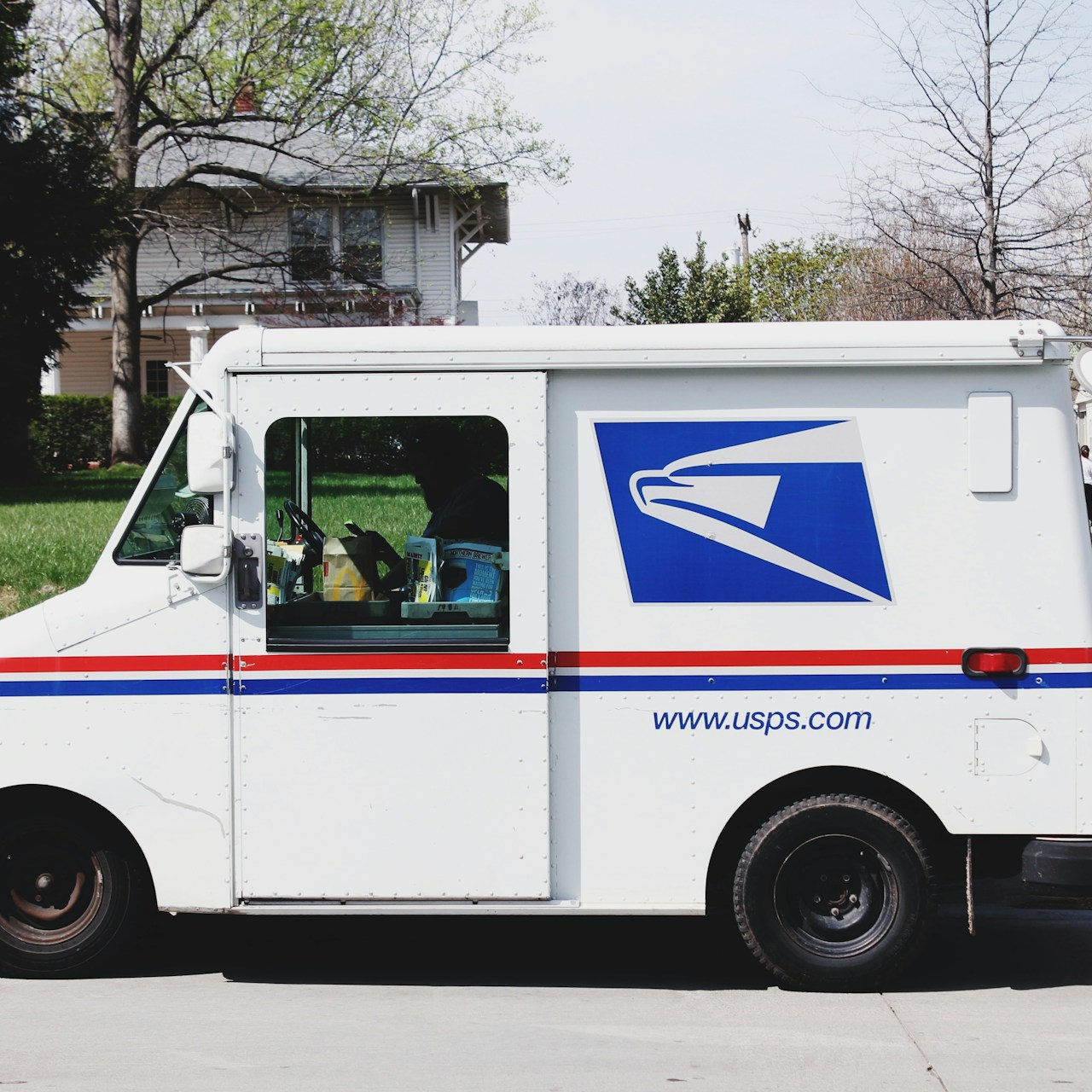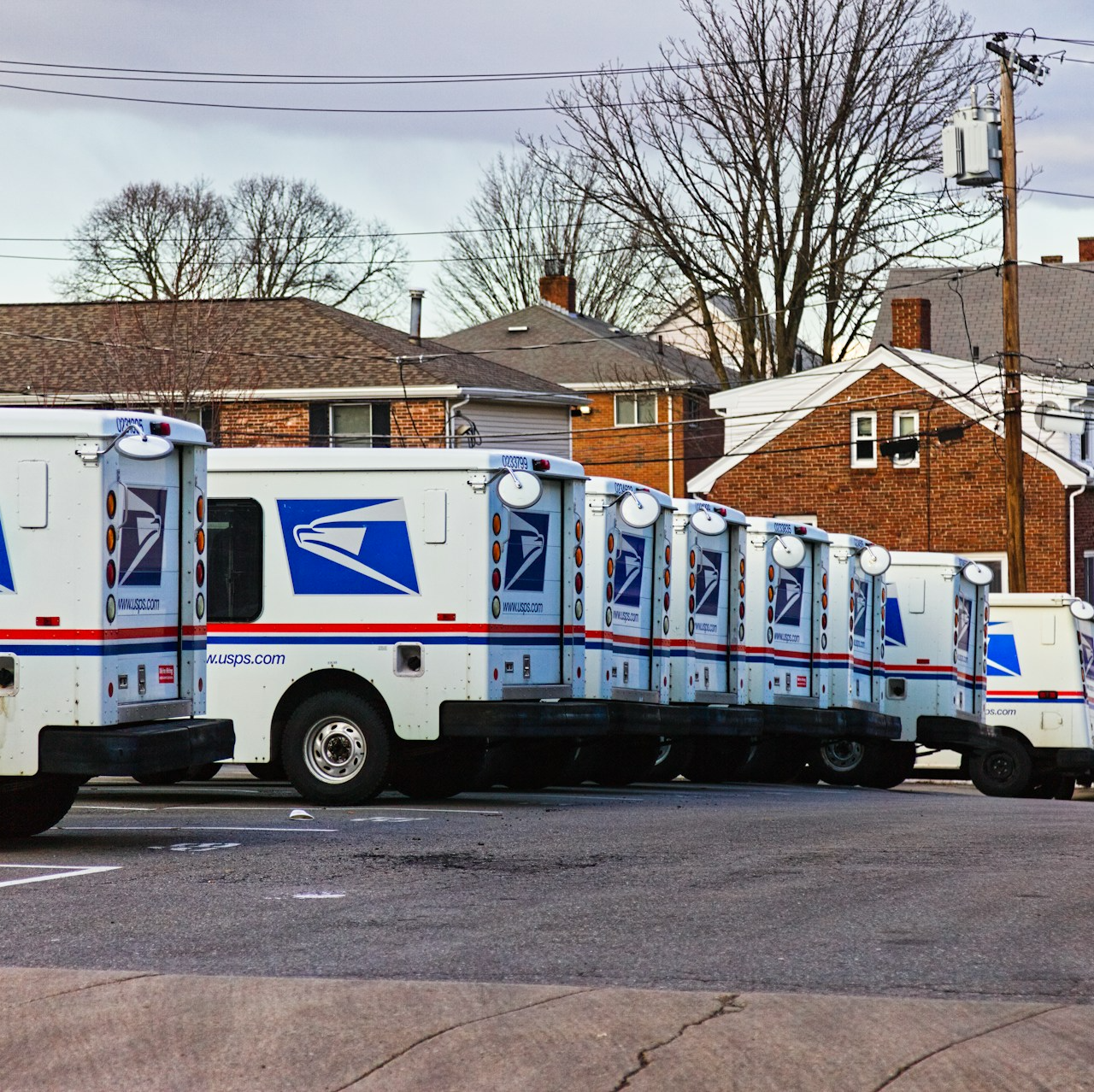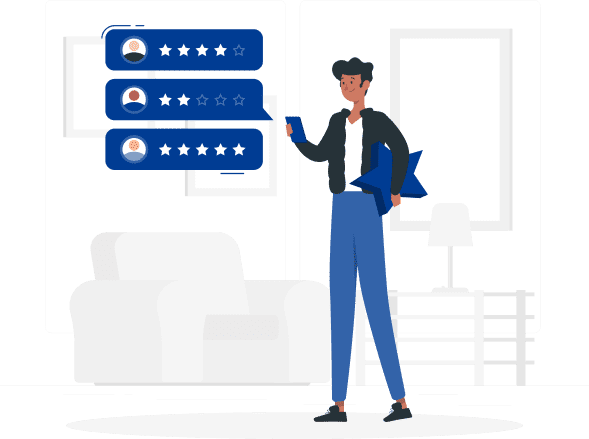Key Takeaways:
- The Postal Service Health Benefits (PSHB) Program eligibility extends beyond just current employees, covering a range of participants including retirees and dependents.
- Understanding eligibility requirements helps postal workers and their families plan for comprehensive health care coverage.
Who’s Really Eligible for the Postal Service Health Benefits Program? Let’s Break It Down
Navigating health benefits can be complex, especially when trying to determine eligibility for specific programs like the Postal Service Health Benefits (PSHB) Program. Whether you’re a current postal employee, a retiree, or a family member, understanding who qualifies for this program is essential for making informed decisions about healthcare coverage. Let’s dive into the details to clarify who’s eligible and what you need to know.
What is the Postal Service Health Benefits (PSHB) Program?
The Postal Service Health Benefits Program is a health insurance program specifically designed for employees of the United States Postal Service (USPS), their families, and retirees. Managed by the Office of Personnel Management (OPM), this program aims to provide comprehensive health coverage to postal workers in alignment with the larger Federal Employees Health Benefits (FEHB) Program. However, there are certain nuances to PSHB that cater specifically to USPS employees and their dependents.
Who Can Enroll in the PSHB Program?
One of the most frequently asked questions regarding the PSHB program is who qualifies for enrollment. The program is open to various categories of individuals, all tied to the USPS either directly or through family connections. Below are the key groups that are eligible to participate.
1. Current USPS Employees
Naturally, current employees of the United States Postal Service form the core group eligible for the PSHB Program. Whether you’re a full-time worker or part-time employee, your status within USPS makes you eligible to enroll in this health benefits program. New employees are typically enrolled upon meeting specific criteria set forth by USPS, such as working a certain number of hours or completing a probationary period.
2. Retirees of USPS
If you’ve worked for the USPS and are now retired, you may also be eligible for the PSHB Program. One of the key benefits of the program is its ability to provide continued health coverage into retirement. This feature is a significant advantage for USPS retirees, ensuring they have access to necessary medical care after they leave active employment.
It’s important to note that retirees need to meet certain conditions to retain eligibility. Typically, the retiree must have been enrolled in the health benefits program for a specific period before retirement (usually five consecutive years) to continue coverage.
3. Survivors of USPS Employees
In some cases, family members of USPS employees can retain health coverage under the PSHB Program, even after the employee has passed away. Eligible survivors, such as spouses and children, may be allowed to continue receiving benefits, provided they meet the necessary criteria.
4. Family Members and Dependents
Family members, including spouses and children of USPS employees, are often eligible for coverage under the PSHB Program. However, not every family member qualifies automatically; dependents must meet specific requirements.
For children, eligibility is typically extended up until the age of 26. In cases of disabled children who cannot support themselves, coverage may extend beyond this age limit. Spouses, meanwhile, are generally eligible for as long as they remain married to the USPS employee or retiree enrolled in the program.
What About Enrollment and Timeframes?
Initial Enrollment Period
For current USPS employees, the initial enrollment period often aligns with their hiring process. As soon as you become eligible based on your work status, you’ll receive information about enrolling in the PSHB Program. Employees can enroll themselves and their eligible dependents within this initial window.
Open Season Enrollment
For employees and retirees already eligible, the primary opportunity to make changes to their coverage occurs during the annual open season. This window typically runs in the late fall, and it allows participants to review their coverage, make changes, and ensure they are meeting their family’s healthcare needs.
Special Enrollment Periods
Certain life events, such as marriage, the birth of a child, or the loss of other health coverage, may trigger what’s known as a Special Enrollment Period (SEP). During these times, eligible employees or family members can enroll in or change their health benefits outside of the usual enrollment periods.
What Happens If You Miss an Enrollment Window?
Missing an enrollment window could result in a lack of coverage or being locked into your current plan until the next open season. It’s essential to keep track of these periods and act promptly to ensure that you and your dependents are covered.
What Types of Coverage Are Available?
While the PSHB Program provides a range of health benefits, it’s important to understand the basics of what is included. USPS employees and their families can generally expect coverage similar to what is offered under the Federal Employees Health Benefits (FEHB) Program, with some variations specific to postal workers.
Core Health Services
The PSHB program covers essential health services such as:
- Hospital stays and inpatient care
- Doctor’s visits and outpatient care
- Preventive care, including vaccinations and screenings
- Mental health services
- Prescription drugs
These benefits are designed to provide comprehensive coverage that meets the needs of USPS employees, retirees, and their families.
Preventive Services
Preventive services, such as wellness checkups, immunizations, and screenings for conditions like diabetes and high blood pressure, are generally fully covered under the PSHB Program. Ensuring that employees and retirees stay healthy is a priority for USPS, and preventive care helps achieve this goal.
How PSHB Benefits Compare to Other Health Insurance Options
For those eligible for both PSHB and other health insurance programs, understanding the differences is key. While PSHB provides substantial benefits, it may differ from other programs in terms of premium costs, covered services, and flexibility in choosing healthcare providers.
Postal workers may also be eligible for additional healthcare programs, especially if they are veterans or have worked in other federal positions. Comparing the PSHB Program with these other options during open season can help employees and retirees make the best choice for their individual and family needs.
Planning for Health Coverage in Retirement
For USPS employees approaching retirement, it’s crucial to understand how health benefits will carry over into their retirement years. Typically, retirees who have been enrolled in the PSHB Program for at least five years before retirement can continue their coverage. However, navigating the transition from employee to retiree status requires careful planning.
Retirees should consult with their HR departments and licensed insurance agents to ensure that they fully understand their post-retirement health benefits. Any changes or updates to the PSHB Program can impact retirees, so staying informed is essential.
What to Do Next?
For postal employees, retirees, and their families, understanding eligibility for the Postal Service Health Benefits Program is a key step in ensuring comprehensive health care. If you are unsure about your eligibility or need more information, it is advisable to contact your HR department or a licensed insurance agent to clarify your options.
As with any health benefits program, the key to navigating the PSHB is staying informed and proactive about your coverage. By understanding the eligibility requirements, enrollment timeframes, and the types of coverage available, you can ensure that you and your family have access to the healthcare services you need.
Planning for Long-Term Health Security
When it comes to health coverage, especially in retirement, planning is essential. For USPS employees, the Postal Service Health Benefits Program provides a significant safety net, but only if they understand how to access and retain those benefits. Ensuring long-term healthcare security requires not just understanding eligibility but actively managing enrollment, especially around life changes and open seasons.
Contact Information:
Email: [email protected]
Phone: 7025556789


